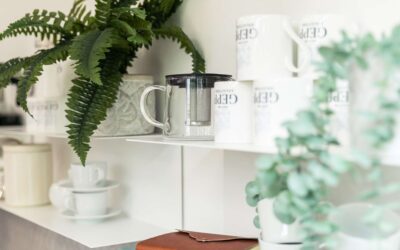A recent court decision that has received a lot of press attention is the ruling that the Kraft-owned branded Cadbury has won a trademark battle with Nestlé and has been allowed to trademark Pantone 2685C (the creamy purple used with Cadburys Dairy Milk products).
Cadbury had won a trademark ruling in December 2011 over the right to use the colour exclusively for chocolate bar and drink packaging. This was challenged by Nestlé, which claimed the colours could not be used as trademarks.
Nestlé’s appeal was overturned by the High Court in October where it was ruled that the colour has been distinctive of Cadbury for milk chocolate since 1914.
A Cadbury spokesman says, ‘We welcome the decision of the High Court which allows us to register the colour as a trade mark and protect our famous colour purple across a range of milk chocolate products’.
Should Cadbury have been allowed to register the colour as a trademark? Yes, in principle, given that what was being registered consisted of a sign was capable of being represented graphically and capable of distinguishing goods and services of one undertaking from those of another. As Cadbury were able to prove that the public associate the particular shade of purple with Cadbury’s chocolate, Cadbury were entitled to register a trade mark for that colour in relation to the relevant goods, in this case milk chocolate bars and chocolate drinks.
However many commentators on the story are concerned about the precedent the decision might set given that other companies alert to the distinctiveness of the colour of their branding may look to register that colour across several use classes, leaving brand designers with a very small number of colours across the Pantone spectrum from which to choose from.
The above is not legal advice, it is intended to provide information of general interest in current legal issues.


